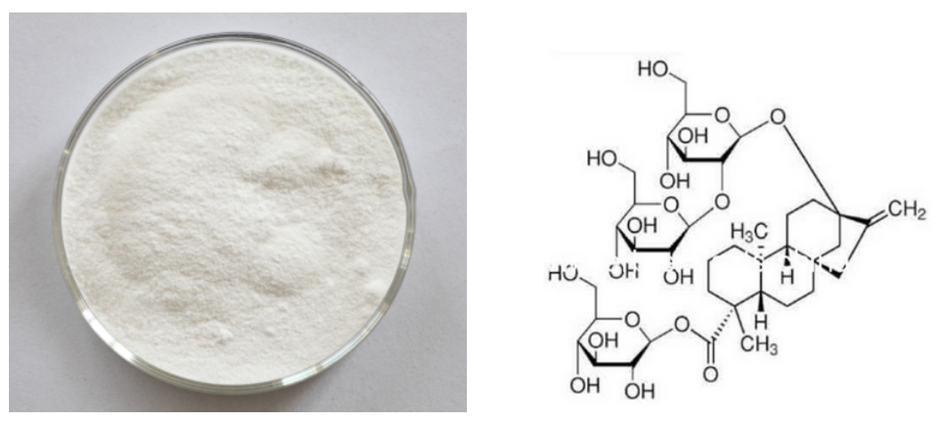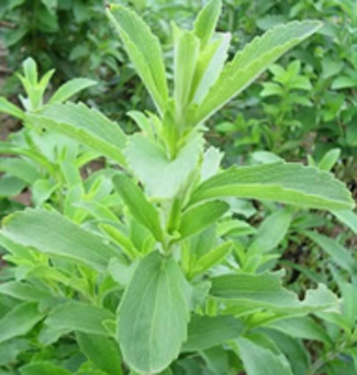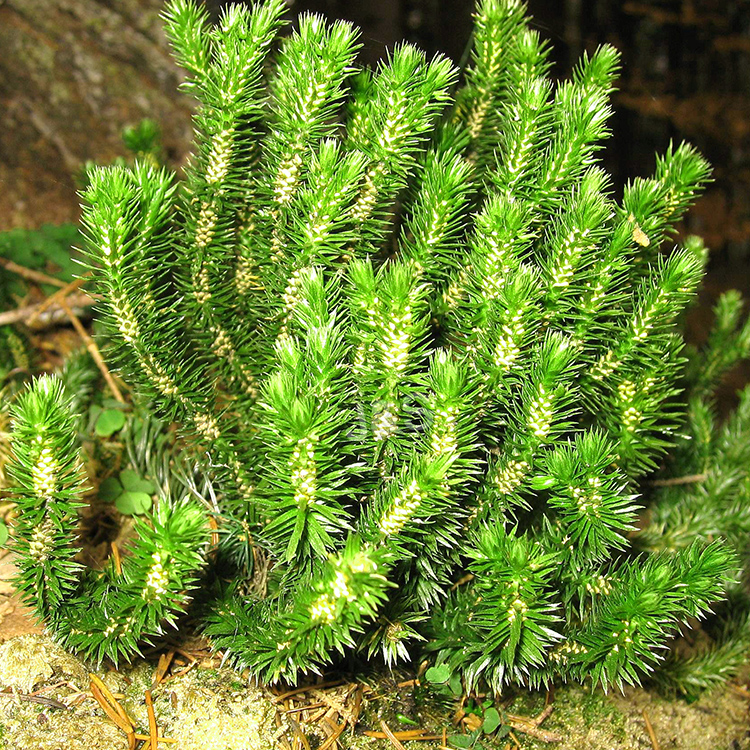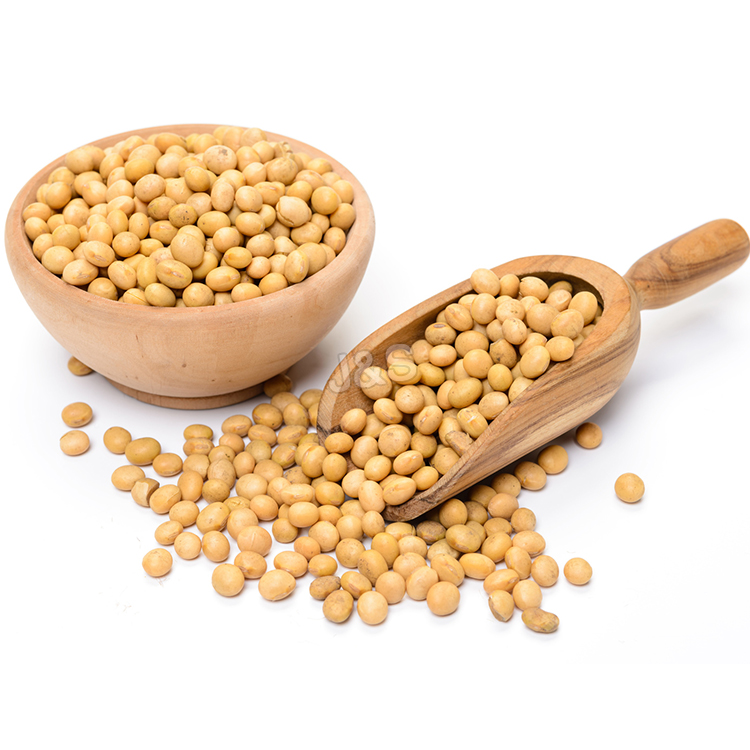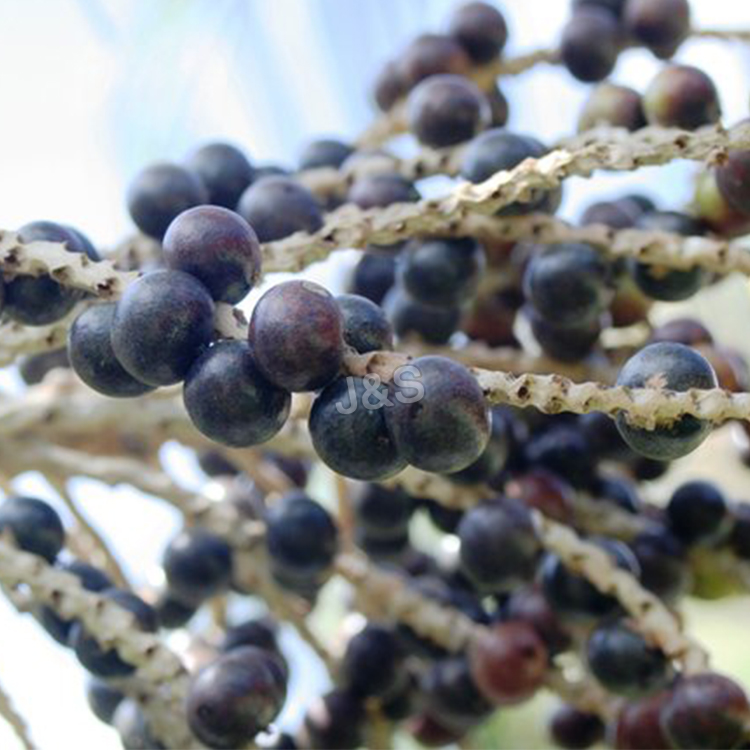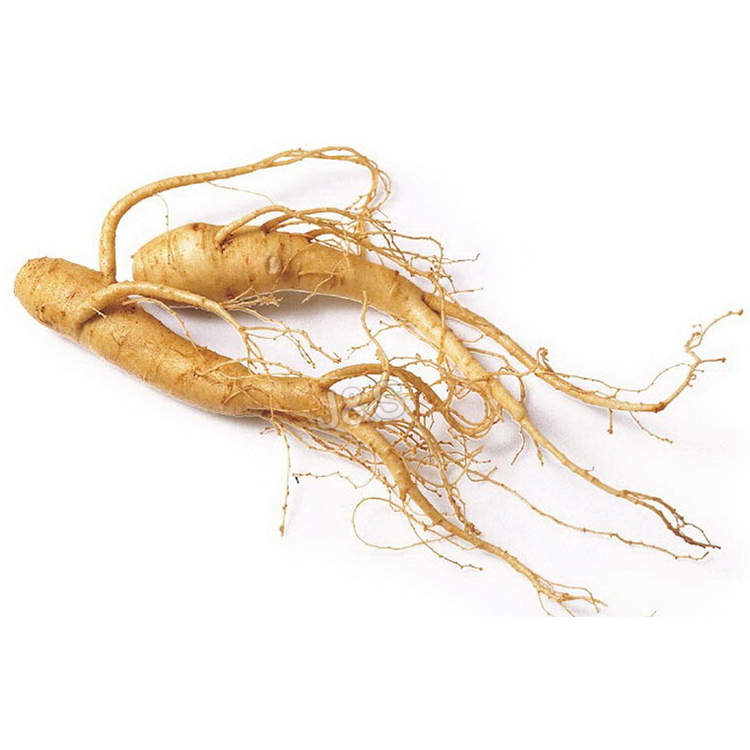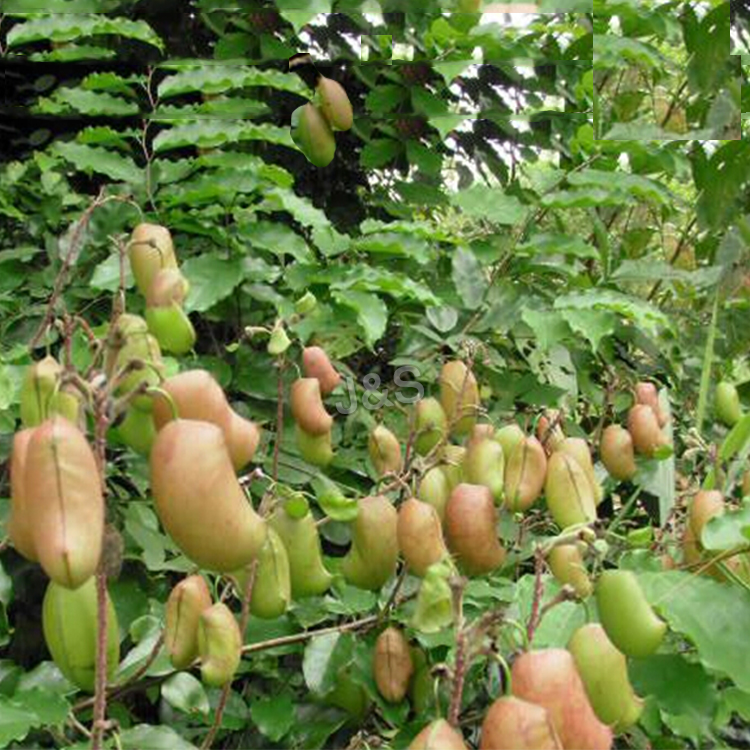OEM/ODM China Stevia Extract Supply to South Korea
OEM/ODM China Stevia Extract Supply to South Korea Detail:
[Latin Name] Stevia rebaudiana
[Plant Source]from China
[Specifications] 1.Stevia Extract Powder (Steviosides)
Total Steviol Glycosides 80%, 90%, 95%
2. Rebaudioside-A
Rebaudioside-A 40%, 60%, 80%, 90%, 95%, 98%
3. Stevioside 90%
One monomer in Steviol Glycosides
[Appearance] Fine white powder
Plant Part Used:Leaf
[Particle size] 80 Mesh
[Loss on drying] ≤5.0%
[Heavy Metal] ≤10PPM
[Shelf life] 24 Months
[Package] Packed in paper-drums and two plastic-bags inside.
[Net weight] 25kgs/drum
Stevia Extract
[Characteristics]
Stevia sugar features high sweetness and low calorie and its sweetness is 200 350 times of that of cane sugar but its calorie is only 1/300 of that of cane sugar.
The component of stevia extract that gives it its sweetness is a mixture of various steviol glycosides. The components of sweetness in stevia leaves are stevioside, rebaudioside A, C, D, E and dulcoside A. Rebaudioside C, D, E and dulcoside A are small in quantity. The principal components are stevioside and rebaudioside A.
The quality of stevioside and rebaudiosideA is better than those of other components, which are commercially extracted and used in various applications.
The steviol glycosides present in stevia extract are referred to as “steviosides” or ¡°stevia extract¡±. Among these “steviosides”, the most common is Stevioside followed by RebaudiosideA. The Stevioside has a slight and pleasant herbal taste and the Rebaudioside-A has no herbal taste.
Although Rebaudioside C and dulcoside A are small in quantity in stevia extract, they are the major components giving bitter aftertaste.
[Function]
A large number of pharmaceutical tests have proved that stevia sugar has no side effects, carcinogens, and is safe for eating.
Compared with cane sugar, it can save 70% of the cost. With pure white color, pleasing taste and no peculiar smell, Stevia sugar is a new sugar source with broad perspective for development. Stevia rebaudianum sugar is the natural low hotsweet agent mostly similar to the flavor of cane sugar, approved to be used by State Ministry of Health and Ministry of Light Industry.
It is the third natural succedaneum of cane sugar and beet sugar with development and health care value, extracted from the leaves of the herbal vegetable of the composite family-stevia rebaudianum.
Product detail pictures:
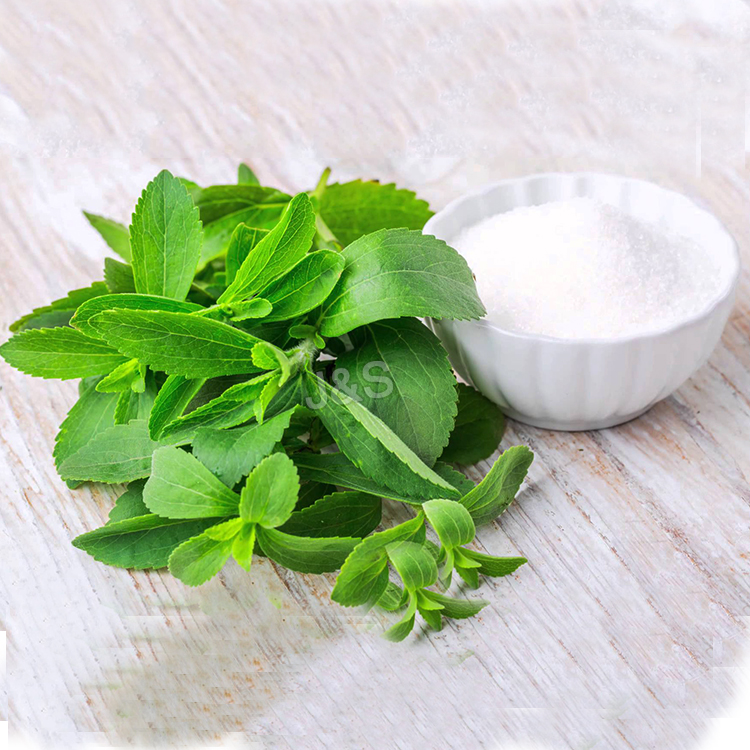
Related Product Guide:
Our firm has been concentrating on brand strategy. Customers' satisfaction is our best advertising. We also offer OEM provider for OEM/ODM China Stevia Extract Supply to South Korea , The product will supply to all over the world, such as: Moldova, Kuwait, Egypt, We always hold on the company's principle "honest, professional, effective and innovation", and missions of: let all drivers enjoy their driving at night, let our employees can realize their value of life, and to be stronger and service more people. We are determined to become the integrator of our product market and one-stop service provider of our product market.
https://www.stomponstep1.com/hypersensitivity-type-1-2-3-4-urticaria-anaphylaxis-immune-complexes-i-ii-iii-iv
SKIP AHEAD:
0:26 – Definition of Hypersensitivity
1:12 – Mnemonic for remembering the 4 types
2:58 – Type I (Type 1) HS
6:48 – Anaphylactic Shock
7:45 – Type II (Type 2) HS
8:57 – Type III (Type 3) HS and Immune Complexes
10:29 – Type IV (Type 4) HS
Hypersensitivity is when an otherwise healthy immune system has an undesirable exaggerated response to a foreign substance (or perceived foreign substance) that damages the body’s own cells. These are the same immune processes that are necessary to prevent infection, but they create problems when they are hyperactive or misguided. The way I remember the four different types of hypersensitivity is my ABCD mnemonic.
I = Allergic Anaphylaxis and Atopy
II = antiBody
III = immune Complex
IV = Delayed
* Types I, II and III all can involve antibodies. Therefore, having antibody in the mnemonic for type II may be confusing. However, the “classic” role of antibody involving complement activation, NK cell activation and opsonization are part of Type II which is why I feel that is the simplest way to remember it.
Type I Hypersensitivity is triggered by an innocuous foreign substance (like dust, pollen or animal dander) that would cause no problems in the majority of people. The antigen simultaneously binds more than one membrane bound IgE on a mast cell (or basophil). This process, called Crosslinking, triggers the release of mast cell granules full of histamine. Histamine then goes on to signal the various changes associated with allergies similar to how it functions during acute inflammation. This allergic reaction happens almost instantly and the symptoms can become evident within minutes. This is possible because the mast cells are Pre-Sensitized to the innocuous substance which means they have pre-formed membrane bound IgE that recognizes the particular innocuous antigen. To be pre-sensitized the immune system must have seen the antigen previously, because antibody (IgE) formation takes time. Histamine’s role in Type I Hypersensitivity is why Anti-Histamines (Histamine Antagonists) like Diphenhydramine or Loratidine can control some allergy symptoms.
Type I Hypersensitivity is the process that leads to various different “allergies”. A more mild form would include Allergic Rhinitis (seasonal allergies) that cause things like coughing, sneezing, watery eyes and nasal congestion. Some individuals with these allergies also experience an atopic rash referred to as Urticaria (Hives) or Atopic Dermatitis (Eczema). This red rash is raised and pruritic (itchy). Through a similar mechanism Type I Hypersensitivity can lead to exacerbation of Allergic Asthma by environmental triggers. This type of hypersensitivity is also the mechanism behind more serious conditions like peanut or bee sting allergies that can lead to swelling of the lips/tongue/throat, shortness of breath, stridor, and anaphylactic shock. Anaphylatic shock is a life threatening condition in which systemic histamine directed inflammation causes hypotension via global vasodilation, an increase in vascular permeability and significant fluid movement into the tissue. It is treated with epinephrine, often in the form of an “Epi Pen” when outside of a medical setting. Epinephrine activates Alpha-1 Adrenergic Receptors to raise blood pressure via vasoconstriction and increased contractility of the heart.
Type II Hypersensitivity is the process by which IgG or IgM binds to a cell to cause injury or death (Antibody Dependent Cytotoxicity). This process has the same mechanism of action as normal humoral immunity except it is targeted at the body’s own cells instead of pathogens. The variable region of the antibody binds to the host cell while the constant portion interacts with NK cells, complement and macrophages. Examples of this reaction can be seen in Rheumatic Fever (body’s own cell look similar to Strep Pyo), Goodpasture Syndrome (Anti-Glomerular Basement Membrane Antibodies) and Hemolytic Disease of Newborns/Erythroblastosis Fetalis (when a Rh- mother has a second Rh+ child and the maternal IgG targets fetal RBCs).
The text for this video is too long for Youtube and exceeds the maximum allowed video description length. To read the rest of it go here https://www.stomponstep1.com/hypersensitivity-type-1-2-3-4-urticaria-anaphylaxis-immune-complexes-i-ii-iii-iv
Trà Xanh và Nấm Linh Chi là hai dược liệu quí trong tự nhiên giúp ngăn chặn tế bào ung thư, mà không làm tổn hại đến các tế bào lành.
Đây là một trong các video phóng sự được làm tại Đài Loan, ghi nhận các trường hợp thực tế đã điều trị thành công bệnh Ung thư bằng cách kết hợp các phương pháp hiện có với Cao Khô Linh Chi Đỏ Reishimax & Chiết Xuất Trà Xanh Tegreen’97.
Bạn hãy chia sẻ cho thật nhiều người biết để giúp họ hoặc người thân có thêm phương pháp thiết thực thoát khỏi căn bệnh quái ác này nhé.
Để biết thêm chi tiết về cơ chế tác dụng xin vui lòng liên hệ qua email songtresongkhoe@gmail.com
More and more proofs of EGCG in green tea and Polysacchride in Lingzhi help killing maglinent cells but protect healthy cells.
This is one of video reports from Taiwan, about successful testimonials of different type cancer patients who applied a combine treatment of current oncology plus high concentrate red Ganoderma Lucidum mushroom (Reishimax) and green tea high concentrate (Tegreen’97)
Please share to more friends and beloves to help them get rid of this devil disease
For more details on treatment and dosage please contact through email songtresongkhoe@gmail.com
The company can think what our think, the urgency of urgency to act in the interests of our position, can be said this is a responsible company, we had a happy cooperation!
